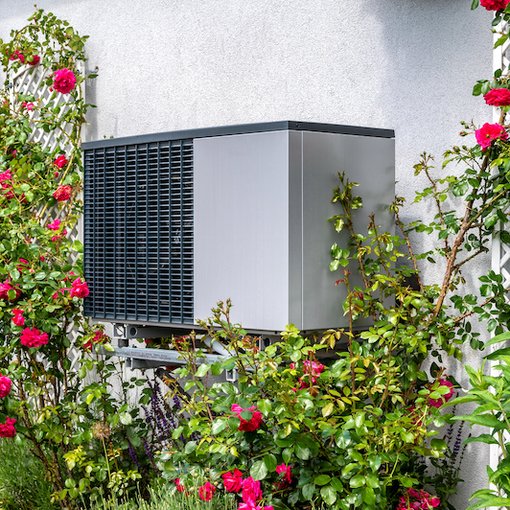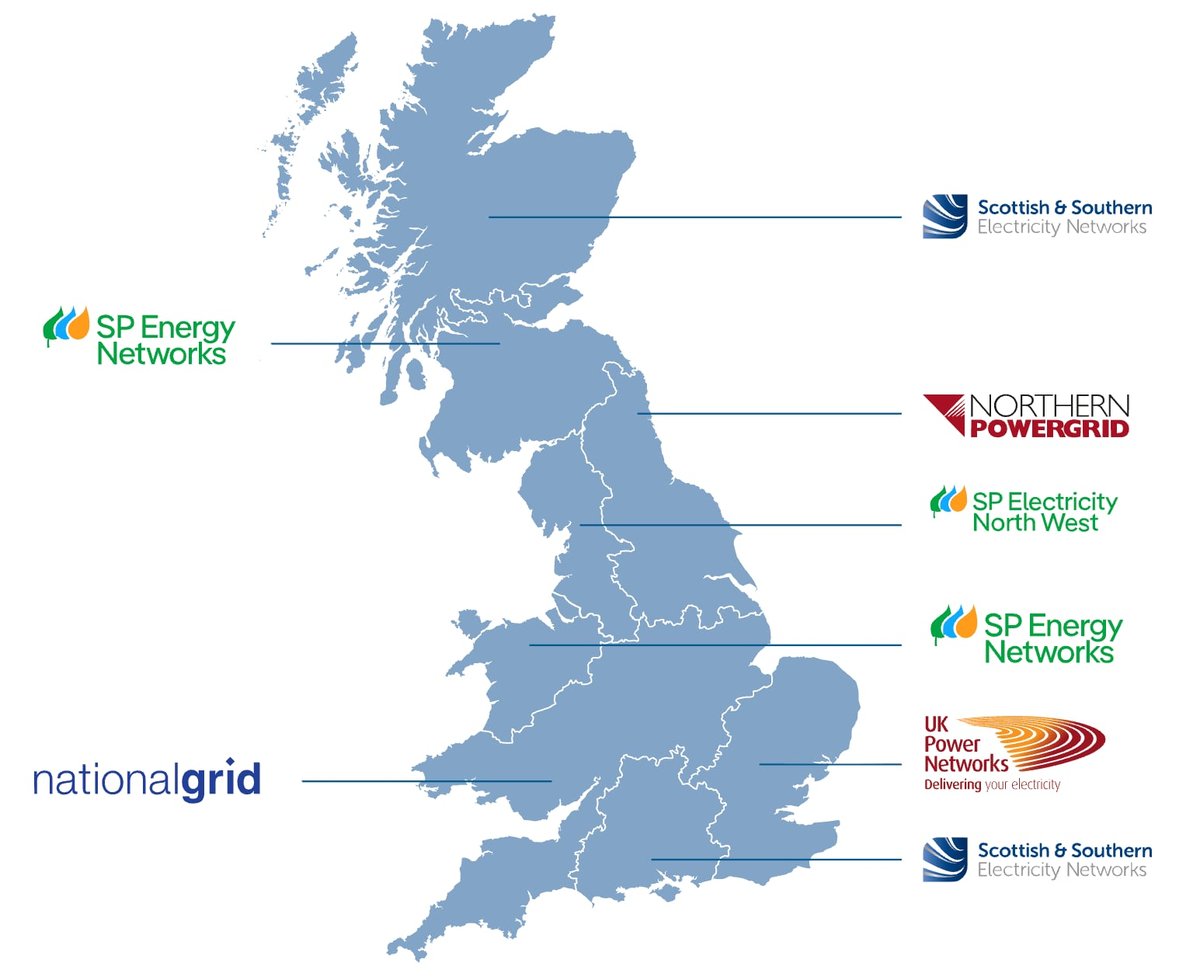
Over the last year, the sustainable future team has gone into the field to shadow heat pump installers working in households.
We learned that a heat pump installer has to juggle many duties, including admin work. In fact, a 2024 Nesta survey found that 19% of heat pump installers said time spent on unnecessary tasks or administration was the biggest challenge preventing them from doing more installs.
As a response, Nesta is doing work to understand the opportunities to reduce this burden.
We were kindly invited to spend a day in the office of Your Energy Your Way to observe the kinds of tasks that happen behind-the-scenes of a solar and heat pump installer company. One such task is applying to the distribution network operator (DNO) for every new install.
Interestingly, Your Energy Your Way told us that applying to the DNO is not currently a major bottleneck for their business because they have a large pipeline of complex jobs; there are plenty of other issues that take even longer, and they pre-emptively apply and book jobs weeks or months in advance.
However, this doesn’t apply to all companies, and in the scenario of a mass rollout, the DNO application process will increasingly become a limiting factor for heat pump installers.
DNOs operate and maintain the local electricity distribution network and keep voltage and capacity within safe limits. They are responsible for maintaining the cables, transformers, and cut-outs that make up the local grid and provide power to homes and businesses in their area. They also oversee and approve new home installations - each new heat pump, solar array, or electric vehicle charger needs to be factored into the total load of the grid to ensure it isn’t overloaded.
Note: DNOs are different to electricity transmission operators, which move electricity over long distances using power lines from power stations to different parts of the country. The DNO takes that electricity and delivers it to homes and businesses using smaller power lines and cables.

A map of Great Britain showing electricity distribution operators by region
When households install new hardware, like heat pumps, these add additional sustained load to the network. It’s important for the DNO to have as much visibility as possible into new connections to properly manage the load.
However, unlike MCS certification (which is required to get a Boiler Upgrade Scheme grant), there is less incentive for installers to complete a DNO application. We’ve learned that some installers neglect this step entirely because it is tedious and some feel it isn’t necessary.
The DNO application process is evolving as demand for heat pumps grows. Through listening to installers during the shadowing and talking with others in the industry, we have identified several challenges with this process.
The DNO application is often a significant fraction of the administrative work required for each heat pump installation. It’s a very different skillset to that of the physical installation, and currently requires knowledge, time, and patience to navigate a complex, fragmented, and outdated system. Medium- and large-size installer companies can afford to have a dedicated member of staff in their back office, but small installers don’t have that luxury, and their effectiveness is limited by the challenges we listed above.
The administrative burden of the DNO application is a significant barrier to scaling heat pump adoption. There’s a real need for better integration and standardization between DNOs, and a simpler application process for installers.
One of the approaches we are exploring is developing agentic AI systems that manage the DNO application process on behalf of installers. We think this could significantly reduce the admin burden on installers.